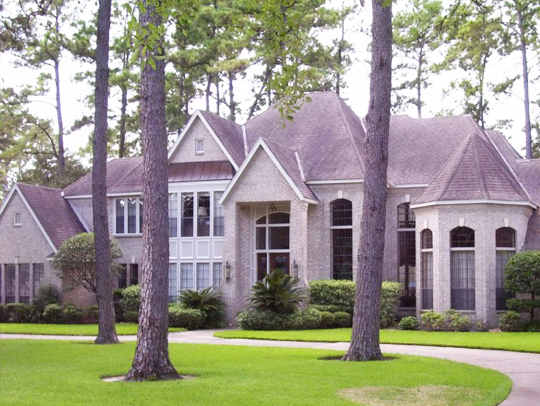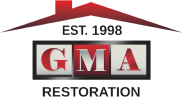
Roof slope is a critical detail when deciding what roofing material to use and how to take care of it.
Roofs with low slope or flat roofs or those with a minimal ¼ inch per linear foot might seem like an easy structure to care for, but the truth is actually the opposite.
Though they may be more accessible by roofers, low slope roofs require more careful maintenance or serious problems could arise.
Based on the structural roofing challenges that low slope roofs present, these are some of the main mistakes made by owners of homes and buildings with this design, errors that can prematurely destroy a roof or even affect the rafters and support structure of the top of the building.
These serious problems can be avoided by always hiring roofers experienced with low slope roof installation and maintenance.
1. Not Using the Right Materials
One big and entirely avoidable factor that can result in many problems for low slope roofs is choosing an unsuitable roofing material.
Anything that goes together in layers such as metal panels or shingles of any kind is unsuitable for low slope installations.
Although it is possible to use certain types of metal that can be welded into a cohesive, sealed unit, those tend to rust faster at the welds.
Experienced roofers recommend using a membrane product like EPDM, TPO, or PVC.
Although these may also need joining, the methods in which rolls of these material can be joined and sealed are far superior to what can be done with any other material.
2. Poor Edge and Wall Connections
The main trouble spots on low slope roofing are the places where the roof connects to the wall and where it ends at the edge of the roof.
A correct installation by experienced roofers that uses appropriate adhesives, drip edges, and seals will prevent water from getting under the edge of the membrane, either at the wall connection or the roof edge.
Poorly executed, leaks in these areas can slowly destroy the underlying decking and roof structure.
3. Poorly Sealed Penetrations
The other main trouble spots for low slope roofs are penetrations like vent pipes, skylights, roof vents, and anything protruding through the roof.
These require careful installation and fitting with the appropriate boot or seal to prevent leaking.
Unless properly sealed to prevent exposure to water and then inspected routinely, penetrations can become prime points of damage for low slope roofs.
4. Poor Drainage
Drainage is essential on low slope roofing installations as there is not enough slope for rainwater to simply flow off as it does with pitched roofs.
Low areas that could pool water must be prevented and there must be drainage installed in key locations to get water slowly rolling down that small grade off the top of the building.
Standing water that stays on even superior membrane roofs will gradually eat away at and destroy the material, making those areas more susceptible to leakage over time.
5. Infrequent Inspections and Bad Repairs
Though they look simple, low slope roofs need frequent inspections to check the condition of the installation materials and look for damage that requires repair, like seams that are losing their connectivity.
When problems like standing water or loosened seams are discovered, the repairs must be done correctly, starting with the area being thoroughly cleaned.
Not probing membrane seams and failing to properly clean the membrane before doing a repair are two of the more common mistakes made by contractors inexperienced with membrane installations and low slope architecture.
Hire A Roofer With Low Slope Experience To Avoid Mistakes
Doing a good roofing installation on a low slope roof requires careful selection of highly suitable materials and an expert installation.
To get all of this and have peace of mind that leaking and other damage is less likely, home and building owners should always choose a dependable roofer experienced with flat roofs.
Together, owners and contractors can make the best decisions for the building, then come up with a maintenance and inspection schedule to ensure that damaging leaks and other problems are prevented.
Need Commercial Roof Damage Repair Services
GMA Restoration Can Fix Commercial Roof Damage Repair
Call 979-356-2392
